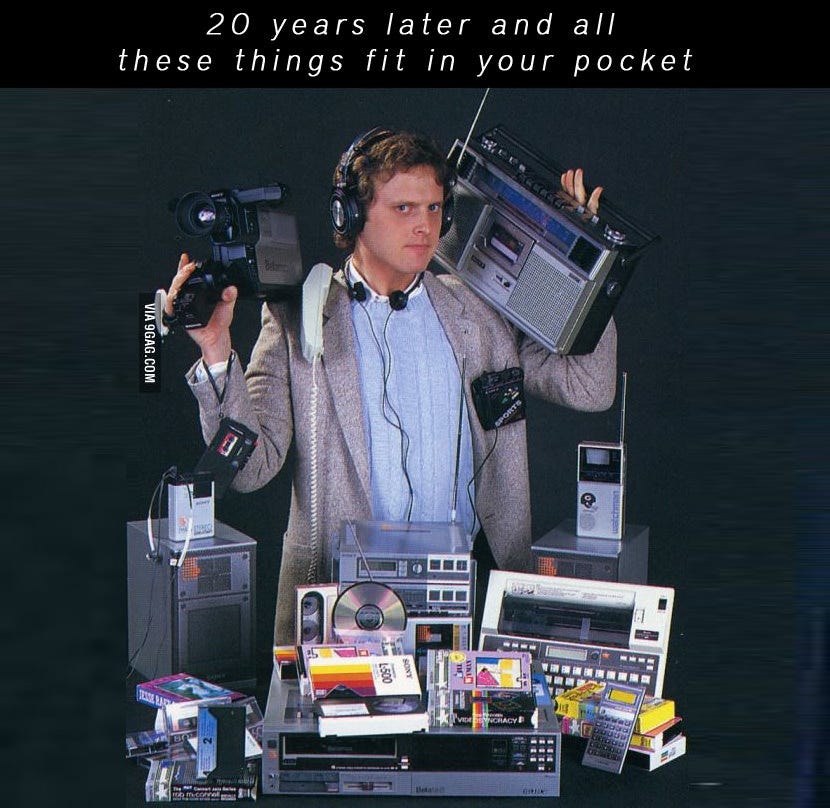How much richer is the First World than the Third? If you simply compare nominal GDP per capita, the ratio is staggering. By this measure, Americans are over twenty times richer than Haitians. The standard view in macro, however, holds that these ratios are overstated. Largely due to non-traded goods, the cost of living is higher in rich countries. To properly compare the First World to the Third, this argument goes, one must do a Purchasing Power Parity adjustment. When you do so, the ratios shrink. The US/Haiti income ratio turns out to be more like 15:1.
The insight that poor countries aren’t as poor as they seem has a technical name: the Penn Effect. As Wikipedia puts it:
The Penn effect is the economic finding that real income ratios between high and low income countries are systematically exaggerated by gross domestic product (GDP) conversion at market exchange rates. It is associated with what became the Penn World Table, and it has been a consistent econometric result since at least the 1950s.
This all makes sense, but there’s a major offsetting factor: CPI bias. In rich countries, standard price indices fail to fully account for rising product quality, variety, and more. As a result, they overstate inflation year in, year out. (Except during Covid, where the opposite is true with a vengeance). A typical estimate of CPI bias is one percentage point per year. Might not seem like much, but over the course of fifty years, that translates to 64% higher living standards.
What does this have to do with the income gap between the First World and the Third? Simple: There are strong reasons to believe that CPI bias becomes more severe as countries grow richer.
In primitive economies, CPI bias is roughly zero. Product quantity stays the same; product quality stays the same; product variety stays the same. And when primitive economies finally get growing, consumers initially focus on acquiring a larger quantity of familiar goods. They consume more calories. They get a car. They get a TV. After a while, they get another car and another TV.
Traditional GDP measures capture such development quite well.
Once consumers possess an ample quantity of goods, though, they start to focus more and more on quality and variety. They don’t want more calories; they want a dozen different cuisines. They don’t want three cars; they want two cool cars. They don’t want five TVs. They want one or two mind-blowing TVs.
As far as I know, the CPI bias literature continues to neglect the evolution of CPI bias. The further you go back in the past, the harder it is to find data – and the harder it is to make other scholars care about your results. But there is every reason to think that CPI bias has been getting worse over time in rich countries. And so has the disparity between real and measured living standards. (Again, Covid aside!) Verily, our problem is not in our stuff but in ourselves.
The key qualification, however, is “in rich countries.” In the world’s poorest countries, CPI bias has probably remained very low. They’ve got smartphones now, and that’s a genuine great leap forward. Otherwise, however, living standards in the poorest countries remain ultra-low. In middle-income countries, CPI bias matters more – but still a lot less than in the richest countries. They’re materializing as we’re dematerializing.
None of this means that the Penn Effect doesn’t exist. What it means, rather, is that there’s a big, neglected offsetting factor. Once you properly account for CPI bias around the world over the last century, you could easily discover that naive estimates of the income gap between the First and Third Worlds are actually accurate. Or even understated.
P.S. If we’re so rich, why aren’t we happy? Asked and answered!
The post appeared first on Econlib.





"Product quantity stays the same; product quality stays the same; product variety stays the same."
That was not my sense of spending time in South America and visiting the homes of natives who lived there on what would be below poverty-level wages in the U.S. but were solidly middle-class there. They had all of the usual modern gadgets (flat screen TVs, video game consoles, smart phones, Internet, streaming services, etc). But they had weekly deliveries of grill-sized propane gas tanks to fuel their stoves and heaters. I'm a well-off American, but my wife and I watch a 10-year old 4K TV. Would a more recent TV be 'mind blowing' in comparison? Looking at the latest TVs, the difference would be trivial at most. Our cars are not particularly 'cool' either. We've driven developing country rentals (a Dacia Duster, a Toyota Hilux) and found them to be perfectly acceptable. The cars we drive here are nicer, yes, but the difference is also far from mind blowing (at they aren't to us).
In any case, my sense is that the modern economy has delivered 'more than good enough' products developing nations at affordable prices, and that has narrowed consumption gap tremendously in recent decades. The upgrade from a normal to a luxury TV or auto just doesn't offer that much more utility. We seem well into the zone of diminishing returns.
From your other post:
"The overwhelming factor, in my view, is hedonic adaptation. Materially, Americans are far better off than they were during my childhood in the 1980s. Yet hardly anyone appreciates the wonderful new and improved products they’ve received.*"
Not to toot my own horn but I *often* find myself marveling at how technological progress has transformed the hobbies I enjoyed 20 years ago and still enjoy to this day.